#22. Sea Nomads
It's possible you haven't heard of them, but the Bajau are an ethnic group that has inhabited Southeast Asia for over 1,000 years and made recent headlines for their fascinating lifestyle. Often referred to as 'sea nomads', the Bajau live in numerous regions around Asian nations such as the Philippines, Brunei and Malaysia.
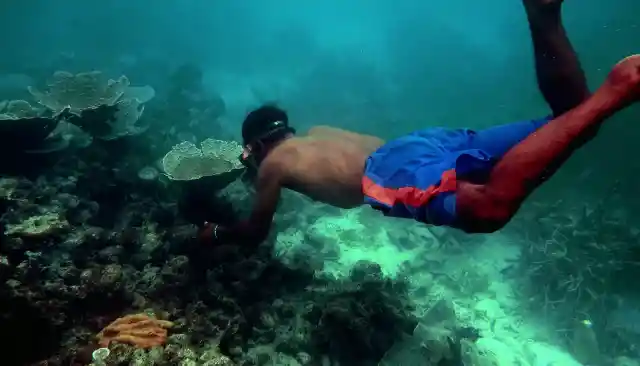
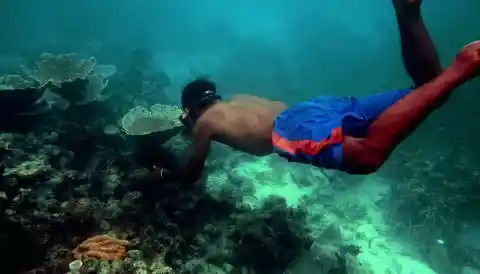
Regarding numbers, it's believed that there may be over one million members, with each one spending around 60 percent of the day underwater. The bodies of the Bajau have greatly transformed throughout the years thanks to these aquatic habits, which eventually led to an extraordinary genetic adaptation.
#21. Life At Sea
As their nickname suggests, the Bajau are nomads. This people don't commonly own houses nor places to call home on land. They instead operate through small boats — typically known as 'lepa-lepa' — that groups put together themselves.
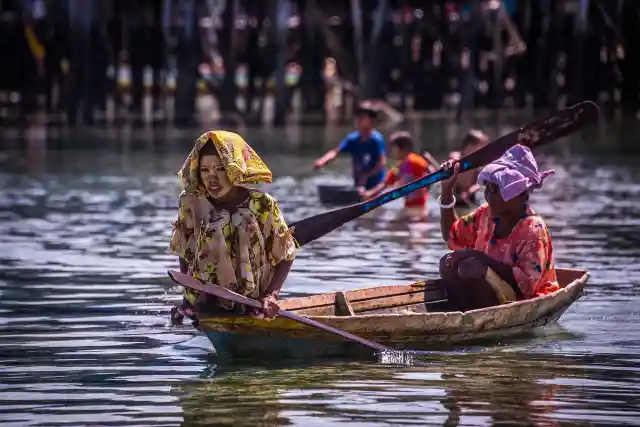
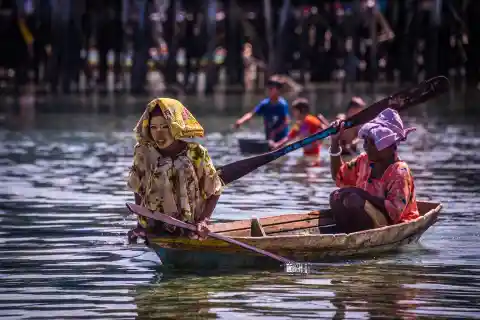
They use fishing in order to make a living. Therefore, the Bajau must rely on their ability to hold their breath for long periods of time. They go out to the deep blue waters and thoroughly search the seafloor for fish and any useful items they can sell on the beautiful southeast Asian lands.
#20. Historical Records
As mentioned before, the 'sea nomads' have been navigating the warm, crystalline waters of Southeast Asia for centuries, although sadly the oldest official records only go as far as the 16th century, when a man named Antonio Pigafetta decided to participate in a challenging —yet ambitious— plan.


Pigafetta was an Italian nobleman who joined the crew of the Spanish-financed Portuguese explorer, Ferdinand Magellan, as he attempted to find a new route to India in 1519. Pigafetta and Magellan came across the Bajau in 1521, in what is now the Zamboanga Peninsula in the Philippines.
#19. The Mysterious Origins
The ethnic group's origin story unsurprisingly changes from region to region, however, they all share one common detail. It is said that members used to serve an Asian king who lived on the shore, and who was also the father of a beautiful, young princess.
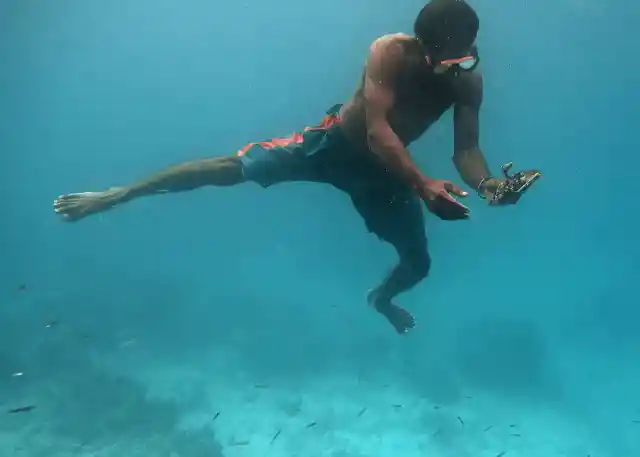
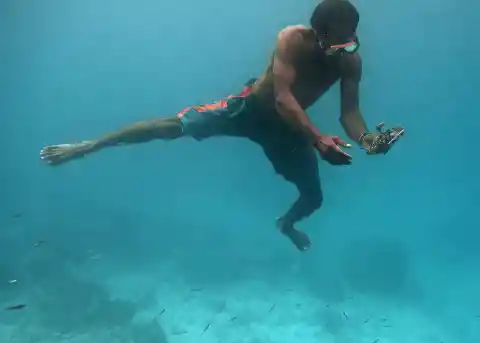
The details of what ended up happening to the princess understandably diverge but, in many cases, it's believed that she went missing. According to the legend, the king commanded the Bajau with the task of bringing his daughter back, however, upon failure, they decided to stay out on the sea to avoid the monarch's wrath.
#18. Different Strokes For Different Folks
One of the variations of the tale comes from the Bajau from Borneo, who believe that their ancestors worked as guards for a Malaysian aristocratic family and were once tasked with transporting the princess to Sulu, a Philippino province. There, the princess would marry the region’s leader, however, this plan failed miserably.

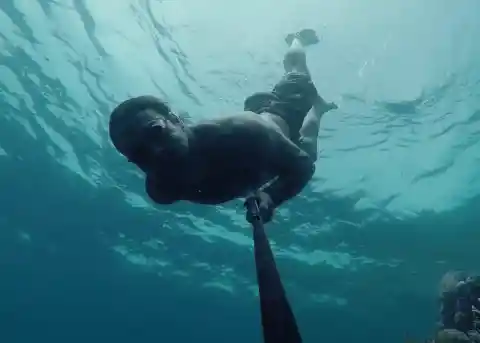
As this particular story goes, Brunei's sultan also wanted to marry this beautiful Malaysian princess, so when he learned that his loved one would be marrying another man, he chose to send a fleet in order to intercept the guards. As a result of this attack, the Bajau lost their royal charge to the sultan and settled around Borneo. But, surprisingly, there are more variations to this tale.
17. Another Version
The Bajau clan from Indonesia have quite a different origin story, although it still includes a princess that disappeared. According to these people's version, there was a great flood that resulted in said princess getting lost at sea.
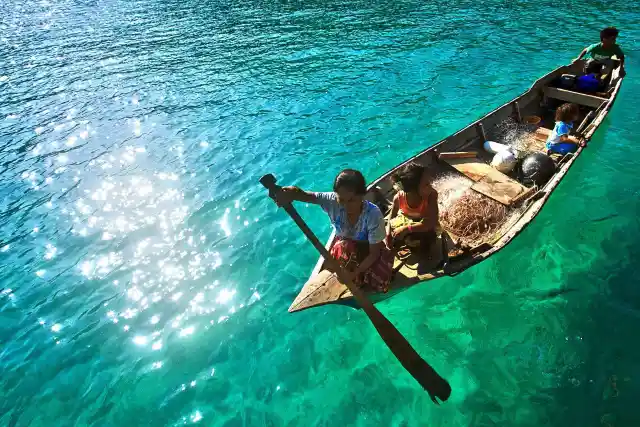
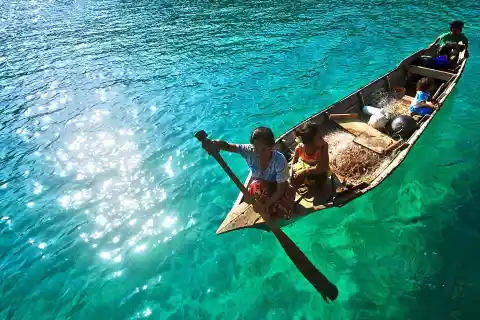
After she was retrieved from the water, the princess became wedded to a member of the Gowan royal family. It is said that the monarch's children chose a nomadic lifestyle which resulted in the birth of the Indonesian Bajau.
#16. A Fantastic Tale
All of these origin stories are very interesting and amusing, but the Philippines' Bajau take on their people's origin has got to be the most bizarre one. In this tale there are no lost princesses. In fact, there are no members or any royal family.
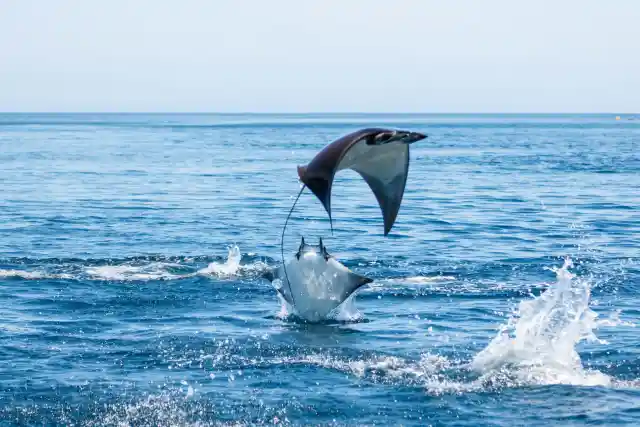
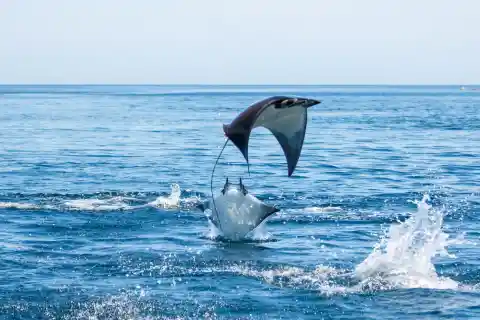
Instead, the Philippines' Bajau believe that a 'giant stingray' transported their ancestors to a certain area of the southeast Asian country, and this led their people to the sea area that they occupy to this day.
#15. A Unique Lifestyle
Despite the lack of agreement regarding the Bajau's origins, their lifestyle doesn't differ that much from region to region and they mostly follow the same patterns. This means that, instead of living on the shore, they build homes in the water which are held up by poles. As a means of transport, they use boats.
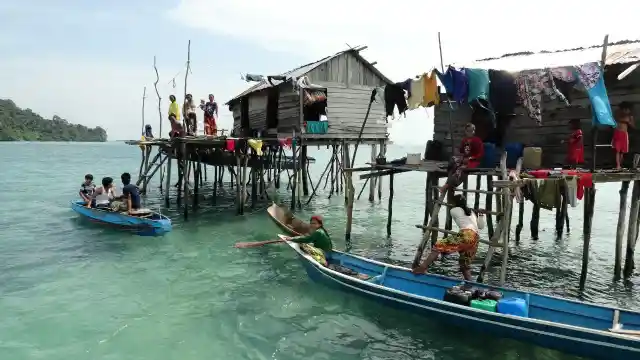
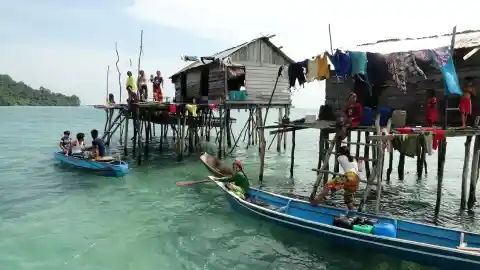
Despite spending much of their time in the water, the Bajau people face some problems —just like everyone else would. It's a widely known fact that the deeper humans dive into the sea, the more pressure they encounter. Luckily, the Bajau have found a solution for that issue.
#14. Drastic Measures
Diving into deep waters without proper equipment surely takes its toll on one's health. Water pressure can produce small injuries with mild symptoms, but can also have dangerous consequences, like breathing problems. However, for the 'sea nomads' these dangers are not impediments since they have found a rather extreme way to avoid some of these symptoms.
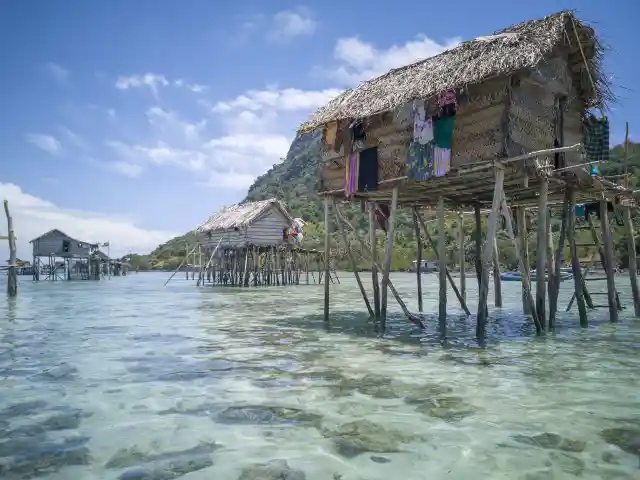
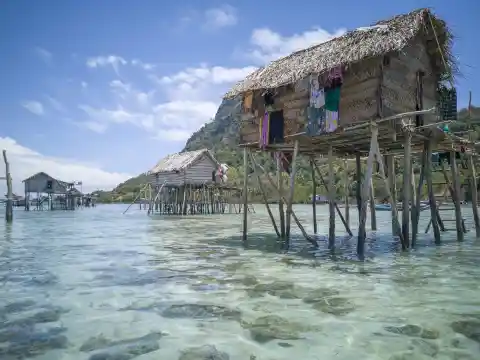
When they are young, the Bajau burst their eardrums. According to them, it causes nose and ear bleeding. Not only that, but it also forces them to spend around a week lying in bed because of the dizziness, after which the Bajau can dive without any pain involved. Seems like quite the price to pay, but this courageous ethnic group is more than willing to do so.
#13. Equipment
As one would expect from such daring and experienced swimmers, the Bajau don't go out into the water without equipment, which they construct themselves. These people use goggles that they make using wood and glass lenses, quite an important piece of gear.
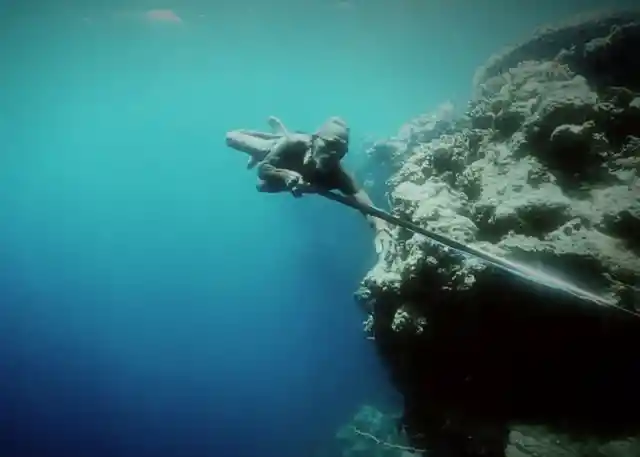
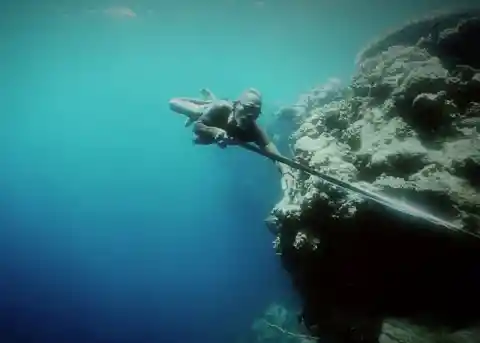
Among other essentials, there are spear guns which the Bajau manufacture from metal and rubber. These tools help them in their task of fishing, and even gathering useful items that can later be sold in the nearby villages. However, the most important asset is far more surprising.
#12. An Incredible Ability
Apart from their man-made equipment, the Bajau have an amazing advantage that helps them scour the seafloor —their ability to hold their breath for prolonged periods of time. This provides them with more time to carefully search for whatever they need.
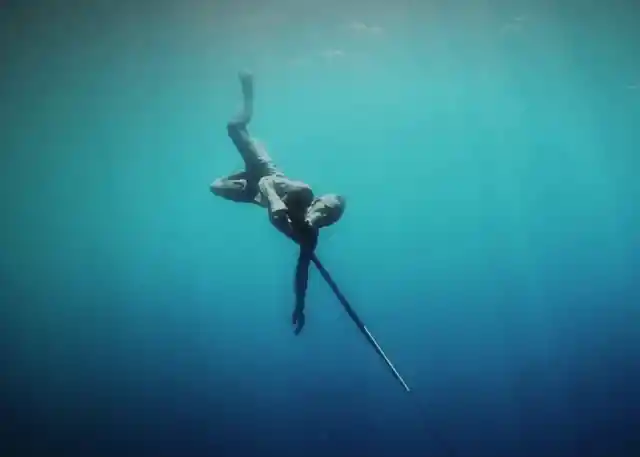
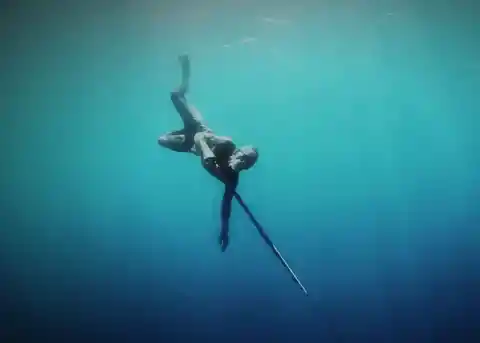
The Bajau usually stay underwater for approximately thirteen minutes, at depths of nearly 190 ft. This is pretty impressive, and it has even been stated that some can actually hold their breath for almost forty-five minutes in just one go. Still, this intense diving doesn't come for free.
#11. A Dangerous Practice
Despite having their eardrums busted —and how helpful it is—, this doesn't mean the ‘sea nomads’ don't face any difficulties regarding the high-pressure levels of the deep sea. One of the most common afflictions is referred to as 'the bends' (yes, like that Radiohead album), otherwise known as decompression sickness, which can have disastrous consequences on the body.
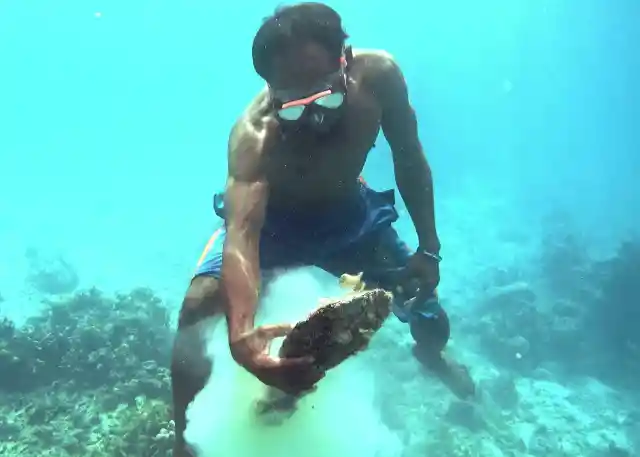
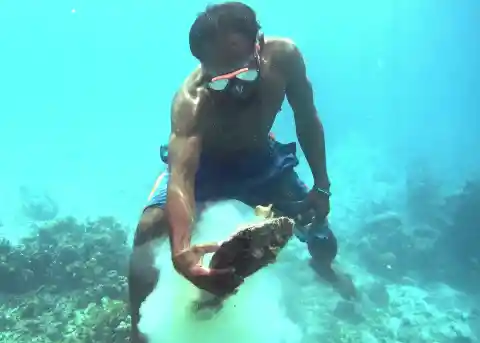
'The bends' take place when an individual dives to considerable depths and then rapidly swims back up to the surface. Doing this doesn't allow the body to steadily depressurize, hence causing stroke-like symptoms such as vertigo and numbness. This condition is indeed very alarming, as people who succumb to decompression sickness can suffer long-lasting disabilities —and in rare cases, even death.
#10. More Problems
Unfortunately, 'the bends' is not the only obstacle the Bajau have come across in the last few years. Sadly, the Bajau's traditional way of living is threatened as illegal fishing boats and fishermen coming from Indonesia are now competing with the 'sea nomads' for resources.
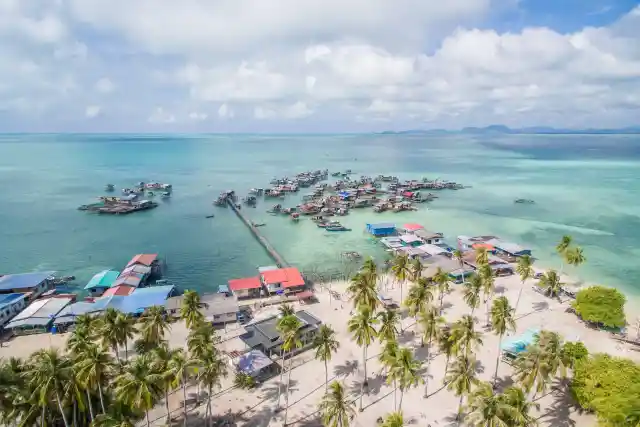
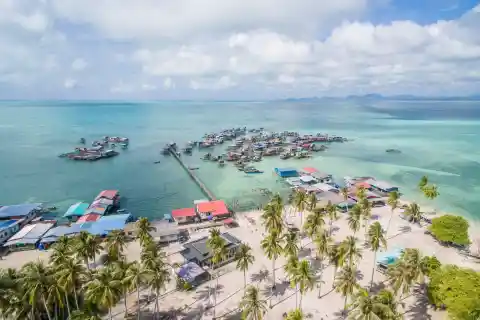
These illegal fishing boats use far more modern tools than the Bajau, in fact, many of them even use cyanide bombs, which cause the destruction of coral reefs and other sea life. This has forced some of the Bajau to abandon their ancestral lifestyle and move onshore. Regardless of this issues, the Bajau's abilities still stand strong and have been subject to scientific research.
#9. An Enticing Visit
In 2015 an American scientist named Melissa Ilardo traveled to Thailand. During her trip, the geneticist, who obtained a PhD from the University of Copenhagen, heard about the Bajau people. This prompted her to visit the 'sea nomads' with an exciting idea in mind.


Scientists had previously conducted an investigation regarding the role of certain organs in marine mammals as their held their breath underwater. The scientists focused their attention on seals, and Ilardo knew this when she decided to visit the Bajau people.
#8. An Ambitious Experiment
As researchers performed their investigation on seals, they discovered that the spleen was much larger than it was earlier noticed. In addition to this, scientists came across another interesting discovery: it appeared that the aforementioned organ could store red blood cells, which were rich in oxygen.
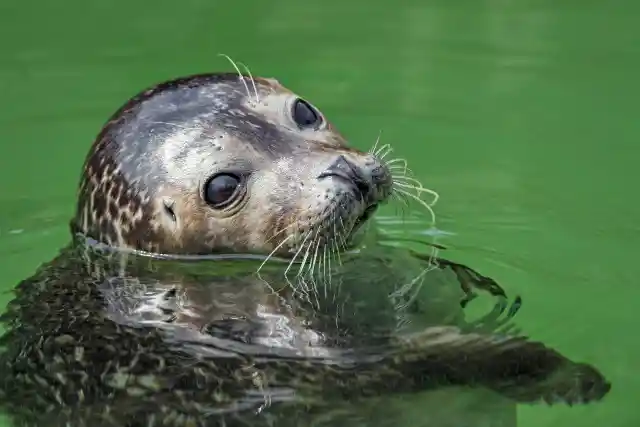
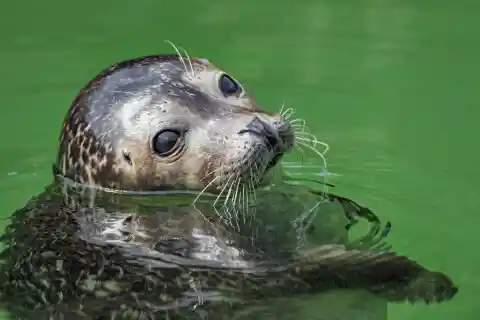
Since seals possessed significantly large spleens, researchers believed the animals could possibly survive without oxygen for longer periods of time than other creatures. Having this particular study in mind, Ilardo ventured to see if the Bajau were similar in any way, because of their ability to hold their breath for more time than most people. Before revealing her discovery, the geneticist commented on a compelling idea.
#7. How It Works
In a 2018 interview with the BBC show Inside Science, Ilardo stated that "there's a human dive response that's triggered by holding your breath and submerging yourself in water". For example, this response can be triggered when one drenches their face in cold water, and apparently the spleen plays an important role in this process.
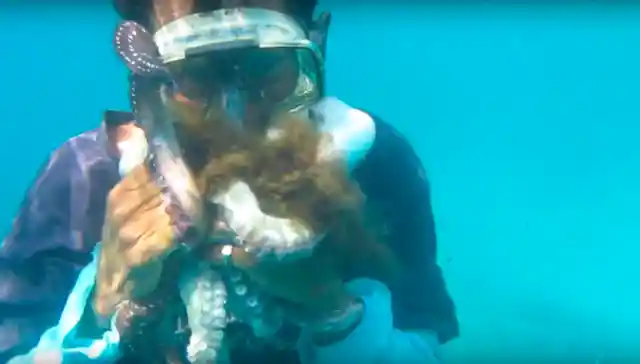
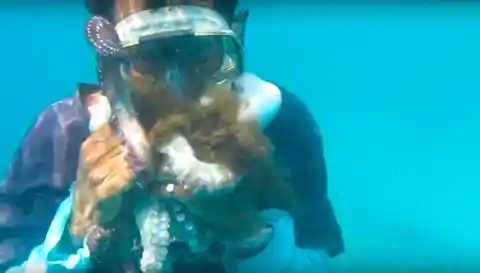
She continued by mentioning that the heart rate slows down, and the blood vessels located in one's extremities compress in order to preserve oxygenated blood for other vital organs. Lastly, there's a contraction of the spleen. This process, known as peripheral vasocontraction, indicates that the spleen is a reservoir for oxygenated red blood cells, meaning the organ gives an oxygen boost when it contracts.
#6. Before Getting To Work
Being aware of this information, Ilardo intended to test the Bajau when she first arrived to Indonesia in 2015, but the researcher decided to put the experiment to rest for a bit and talk to the 'sea nomads' first, possibly accompanying them in some of their hunts. For example, in one occasion, as she told The Atlantic, Ilardo followed a man named Pai Bayubu when he spotted a clam about 50 feet underwater.

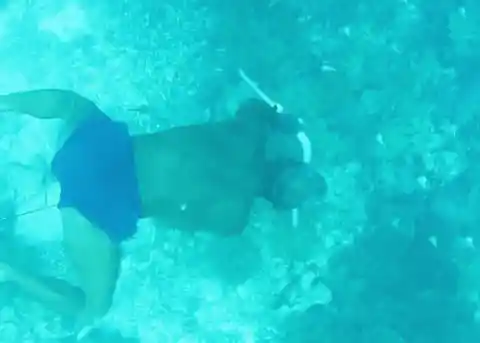
Ilardo then recalled how Bayubu easily caught sight of the mollusk and rapidly dove deep in the water to catch it. The geneticist was amazed by how comfortable the Bajau seemed to be among the waves, and how they could hunt without any complications, being this proof of just how in control of their breath and bodies the 'sea nomads' truly are.
#5. Into The Study
After bonding with the Bajau, Ilardo came back with an ultrasound device and a saliva DNA collection kit, with the intention of testing her subjects. 43 members of the Bajau were tested, alongside 33 members of a neighboring community known as the Saluan.


The Saluan were included in the experiment in order to draw comparisons between the two ethnic groups. Both communities lead very different lifestyles, since the Saluan, who are native to Indonesia, spend most of their time on land where they mostly work as farmers.
#4. An Incredible Discovery
Once the testing was done and both the geneticist and her colleagues analyzed the results, they made a rather shocking discovery. Testing showed that the 'sea nomads' possessed spleens that were 50 percent larger than the Saluan's. But that's not all.
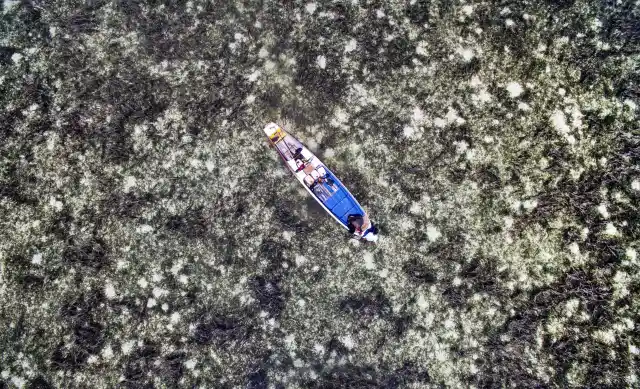
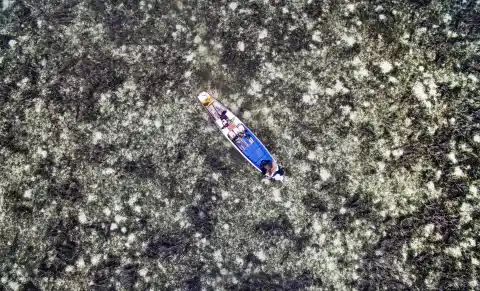
Thanks to the DNA samples, the scientists discovered a particular gene in the Bajau's samples that couldn't be found in any of their onshore neighbours' results. This gene, known as PDE10A, maintains a specific hormone under control in the thyroid gland.
#3. Of Mice And Men
As it had been noted in previous research, the PDE10A gene was found present in mice and it appeared to control a hormone that was responsible for the size of the spleen. In the experiment, mice who were deprived of this hormone had smaller spleens than mice who weren't.
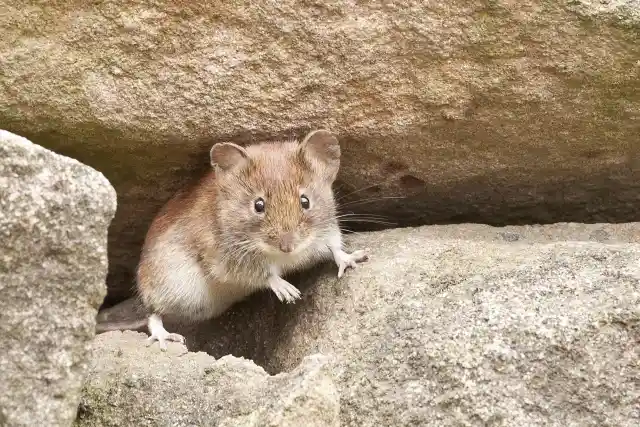

Ilardo and her colleagues found similarities between this investigation and theirs and deduced that the same gene that was present in mice and that was responsible for the size of their spleen, was also found in the Bajau. The team later published their groundbreaking discovery in the science journal Cell in April 2018.
#2. Proof Of Adaptation
After the tests came to an end and the results were analyzed, Ilardo and her team came to the conclusion that this genetic phenomenon was an example of Darwinian selection, since the Bajau's genetic make-up appeared to have adapted to their surroundings.
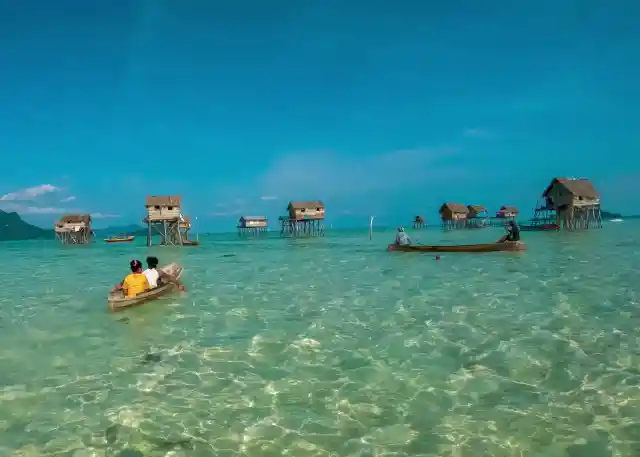
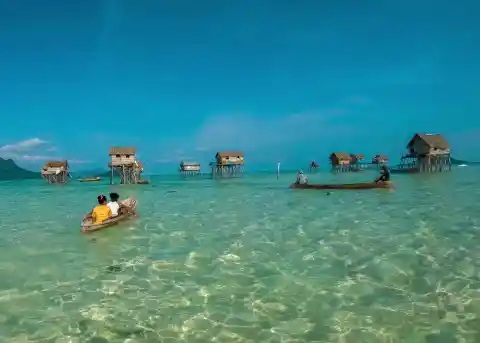
Unfortunately, the scientists were not able to determine the exact moment when this genetic mutation occurred, however they still proposed an intriguing figure. They considered that the Bajau had separated themselves from the mainland around 15,000 years ago. Still, it wasn't just historical interest that was at stake.
#1. A Multifaceted Study
While Ilardo pointed out the viable time frame for the Bajau's adaptation, Rasmus Nielsen, co-author of the study, stated one final —yet fundamental— quality to this wonderful research. In a BBC News interview, the Danish biologist referred to the Bajau as a "wonderful example of how humans can adapt to their local environments" but added that there may be some medical interest in this.
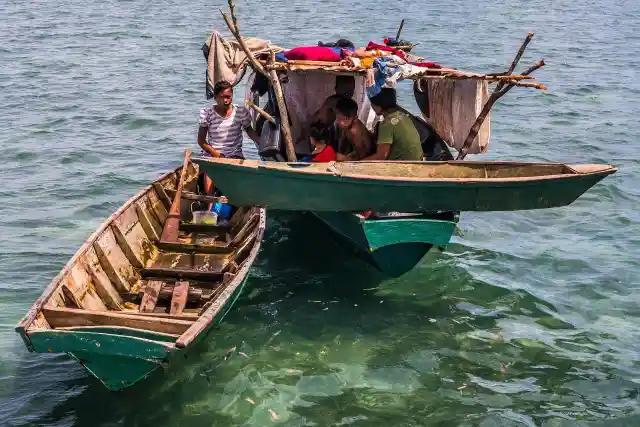
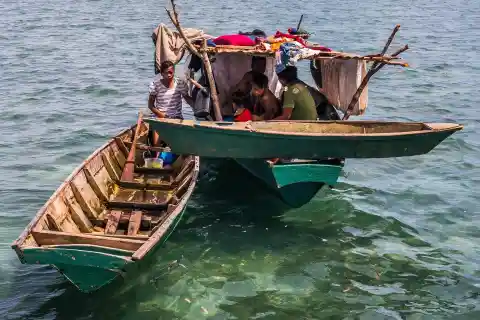
Moreover, Nielsen recalled that there's a growing interest in understanding adaption to low oxygen levels, a phenomenon known as hypoxia adaptation. In the interview, Nielsen mentioned trauma medicine, in which one of most important elements is the response to low oxygen levels. Therefore, he added, by studying the marvelous 'sea nomads' there could be a better understanding of the types of genes that intervene and help predict different responses to acute low oxygen levels. Indeed, truly fascinating.